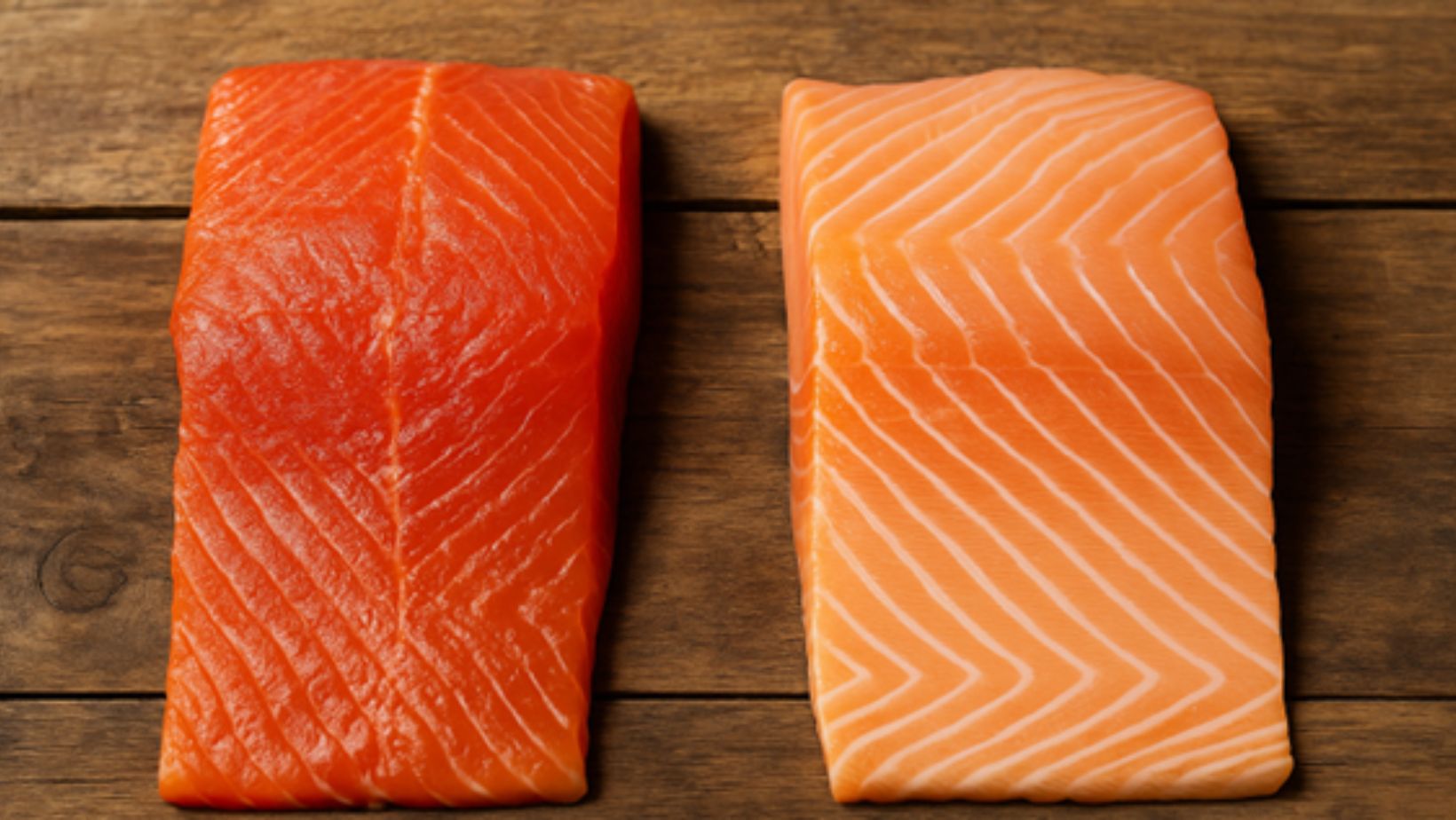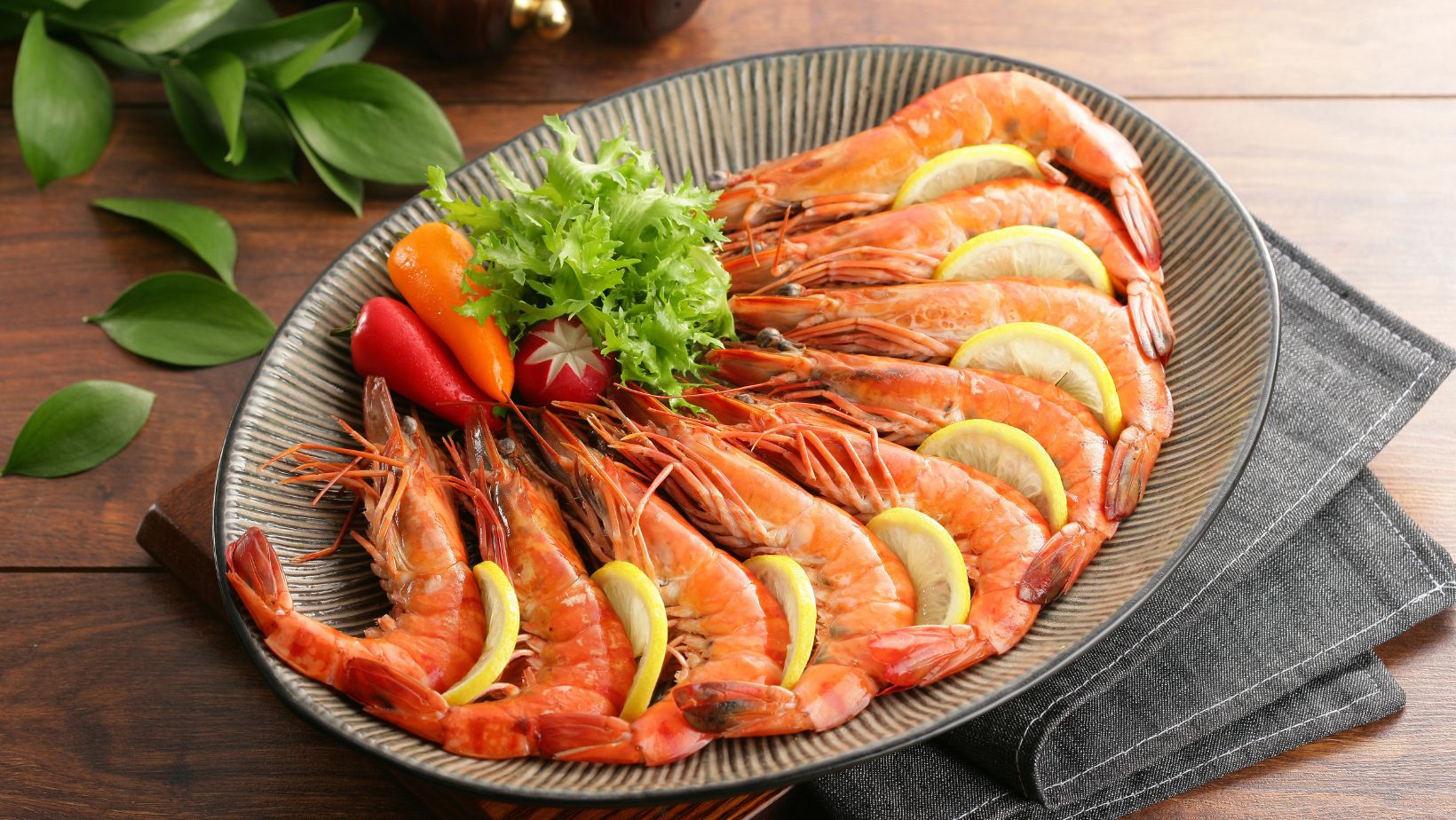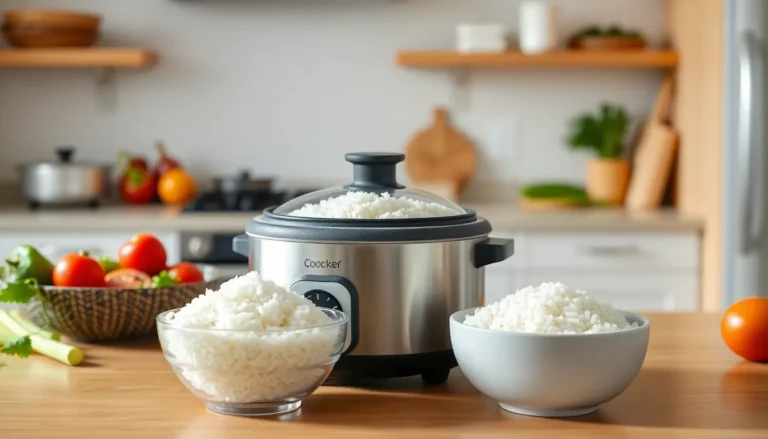
A Deep Dive Into the Source: What Seafood Choices Say About Us
Seafood has long played a central role in global cuisine and culture, from the coasts of Japan to the harbors of Maine. But in today’s world, where food choices carry ethical, environmental, and health implications, sourcing has become more than a supply chain matter—it’s a personal and political decision. Consumers now want to know not just what they’re eating, but where it came from and how it got to their plate.
As the seafood industry evolves, buyers are increasingly tuned in to questions surrounding sustainability, quality, and environmental impact. This awareness shapes the conversation at restaurants, fish markets, and kitchen tables alike, creating a deeper connection between the ocean and the consumer.
The Story Behind the Plate
Every fillet of salmon, every oyster, every shrimp tells a story. Whether it traveled from a remote river in Alaska or a carefully monitored aquaculture pond, the journey of seafood informs its flavor, texture, nutritional profile, and its impact on the planet.
In the U.S., there’s been a growing emphasis on transparency in seafood sourcing. Labels such as “sustainably caught,” “organic,” or “responsibly farmed” now attempt to guide consumers through a maze of choices. But behind the labels lies a complex web of practices and standards that often boil down to one central comparison: farm vs wild.
Understanding this contrast involves looking beyond the surface of convenience or cost. It’s about evaluating long-term implications: for your health, for ecosystems, and for the seafood industry’s future.
Environmental Considerations
One of the primary differences between wild-caught and farm-raised seafood lies in their environmental footprints. Wild-caught fish are harvested from their natural habitats—oceans, rivers, and lakes—which, if done sustainably, can have a minimal impact on the environment. However, irresponsible fishing practices like overfishing and bycatch (the capture of unintended species) can deplete stocks and disrupt marine ecosystems.
On the other hand, aquaculture, or fish farming, presents its own set of challenges and opportunities. Done right, it can provide a consistent and efficient food source while relieving pressure on wild fish populations. However, without proper regulation, fish farms may contribute to water pollution, disease outbreaks, and the use of antibiotics that can leach into the environment.
The environmental debate between farm vs wild options is therefore not black and white—it’s dependent on how each method is managed and monitored. Responsible sourcing, traceability, and technological advancements in aquaculture are gradually shifting the narrative, creating more sustainable pathways for farmed seafood.
Nutritional Value and Taste
For many consumers, flavor is still king. The texture and taste of seafood can differ significantly depending on its origin. Wild-caught fish tend to have a more varied diet, resulting in firmer textures and more complex flavor profiles. They often swim longer distances and grow at natural rates, which some connoisseurs argue adds to their richness.
Farm-raised fish, in contrast, are usually fed controlled diets and grow in predictable environments. This can result in a milder taste and softer texture—attributes that some prefer, particularly for dishes requiring delicate flavor balancing.

Nutritionally, the differences can also be notable. Wild fish are typically leaner and may have higher levels of certain nutrients like omega-3 fatty acids. However, farmed fish are not necessarily inferior—they can sometimes contain more fat, depending on feed composition, and advances in aquafeed are closing the nutritional gap.
Economic Impact and Accessibility
Cost is another major factor influencing consumer choices. Farm-raised seafood is often more affordable and accessible due to the efficiency of modern aquaculture systems. This accessibility plays a crucial role in making seafood available to broader populations, particularly in urban areas far from coastlines.
Conversely, wild-caught seafood often commands a premium due to its limited availability and labor-intensive harvesting methods. For small-scale fishers and coastal communities, wild seafood represents not just a livelihood but also a cultural heritage—one that needs preservation in the face of industrialization.
Balancing affordability with support for ethical sourcing is a personal decision for many shoppers. Whether choosing the lower price tag of farm-raised tilapia or the artisanal appeal of line-caught halibut, each purchase makes a statement.
A Consumer’s Compass: Making Informed Choices
There’s no universal answer to which option is “better.” The smarter question is: what matters most to you?
- If environmental sustainability is your priority, look for certifications from bodies like the Marine Stewardship Council (MSC) or Aquaculture Stewardship Council (ASC).
- If nutrition is key, compare omega-3 levels and mercury content among species.
- If flavor is what you’re after, sample both types and trust your palate.
- If supporting local economies is important, seek out regionally sourced, small-batch producers.
And above all, read labels and ask questions. Fishmongers and responsible online seafood markets are increasingly transparent about origin, handling, and sustainability practices.
Innovation and the Future of Seafood
Technology is playing a powerful role in bridging the gap between farm and wild sources. Innovations in sustainable aquaculture—like offshore farms, integrated multi-trophic systems, and alternative feeds made from algae or insects—are rapidly improving the ecological footprint of farmed seafood.

At the same time, blockchain and traceability tech are empowering consumers to know exactly where their wild-caught seafood comes from, how it was caught, and who caught it.
As these innovations mature, the once-stark divide between farm vs wild is becoming more nuanced. Rather than opposing forces, they are increasingly complementary elements of a diversified, resilient seafood system.
Final Thoughts
Choosing seafood isn’t just about nutrition or flavor—it’s about values. By understanding the trade-offs and the broader implications of sourcing methods, consumers can make decisions that align with their health goals, environmental ethics, and economic priorities.
Whether your next meal features a grilled wild salmon fillet or a farmed barramundi ceviche, the key is conscious consumption. After all, in a world where every choice has an impact, even a simple piece of fish can carry the weight of the ocean behind it.



